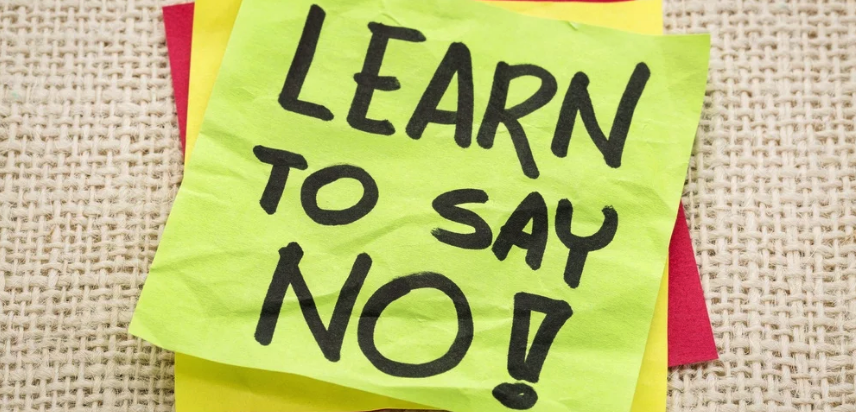Of course, we want to pamper our customers as much as possible but at times, with the best will in the world, we simply may not be able to fulfill their wishes. Yet, we don’t want to disappoint our customers, so here are 5 tips to say ‘no’ in a friendly way.
1. Ask for clarification
You may often get questions like: “Can you make the registration process easier ?”. This is simple but unclear. However, it is an opportunity to engage with the customer. “What is it in the registration process that we can improve?” You should always go looking for the deeper explanation and try to turn the ‘what question’ into the ‘how question’. If you’re able to do this, you’ll find new ways to improve the customer journey.
2. Talk to your customers
Customers often submit ideas for improving your product. Each customer communication is an opportunity to create a positive experience. No response at all will likely be regarded as a negative experience and possibly result in customers thinking “they never listen to me!”. A suggested response might be “Thank you very much for your suggestion – your feedback is very important to us. I have passed it onto the manager responsible for continuously improving our product. If he has questions would you mind if he contacts you directly?” If you respond in this way, you are encouraging a dialog and making it much more personal for the customer. This will obviously be time-consuming but, if possible, will definitely improve your customer experience scores.
3. Be honest
Tell your customers what they can and cannot expect from your organization. For example, “Thank you for your feature suggestion. Unfortunately, based on our current schedule, we are unable to add this to the development roadmap”. This is better than giving your customers false hope.
4. Translate ‘no’ into something positive
In fact, the above response could even be improved by adding: “Although we are not currently able to add your suggested feature, we appreciate you taking the time to share your ideas. A lot of improvements in our services are based on our customers’ feedback, so thank you for sharing this with us!”
5. Make sure your customers are feeling ‘heard’
It’s the little things that make the difference. A simple “Thank you for contacting us” response can mean a world of difference to a customer who wouldn’t otherwise know if his message had arrived at all.

